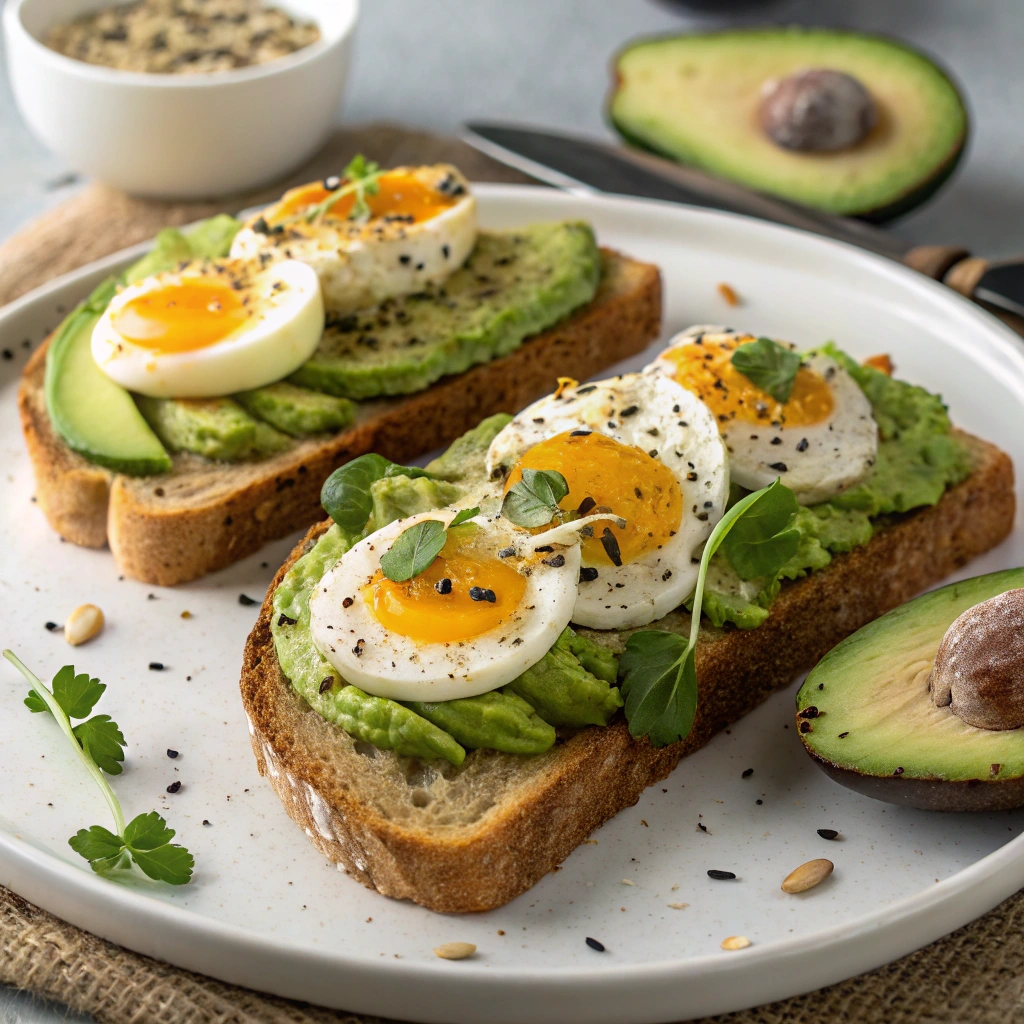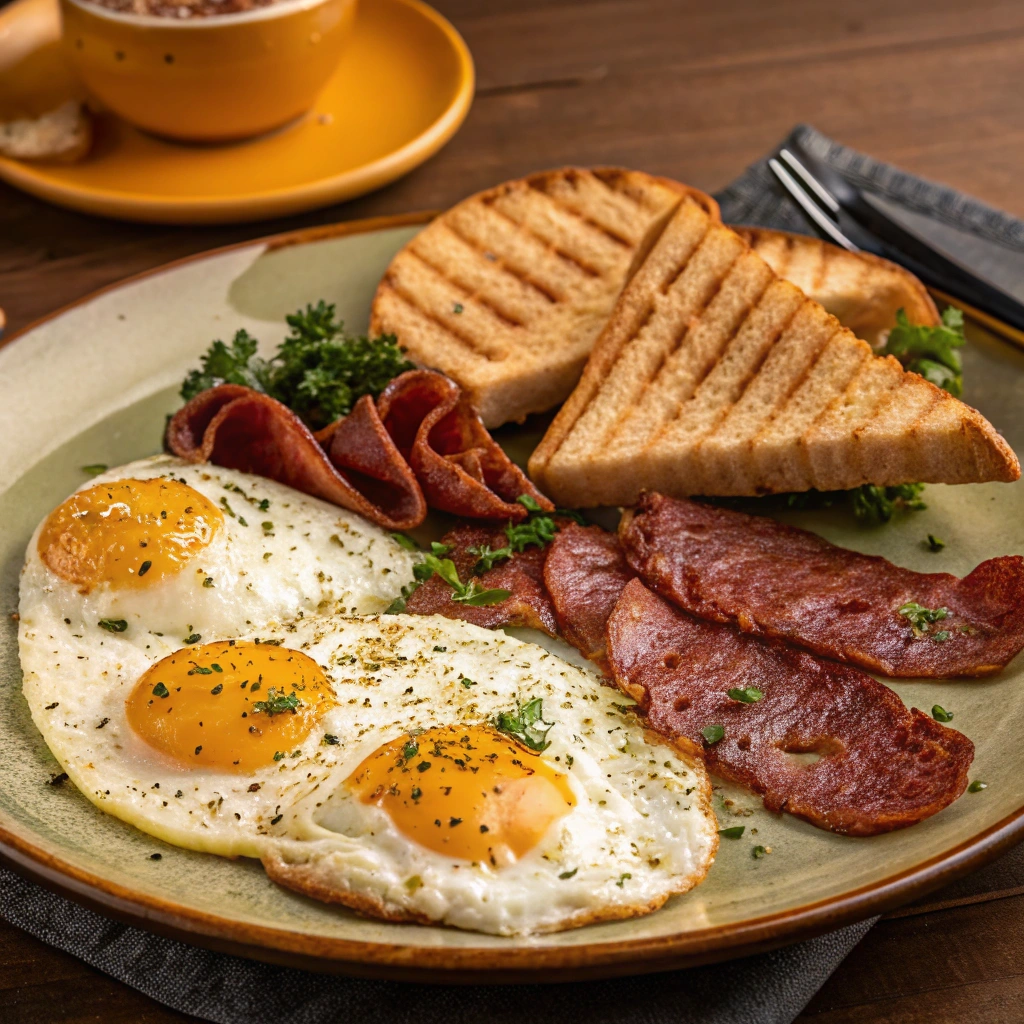
Introduction
Emotional Hook
Picture this: A crisp morning, the smell of coffee in the air, and a hearty breakfast on the table. But you want eggs that are fully cooked, yet still flavorful and tender. That’s where over hard eggs come in—a perfect breakfast option for those who love a firm yolk without the runny texture.
Table of Contents
Why Eggs Over Hard?
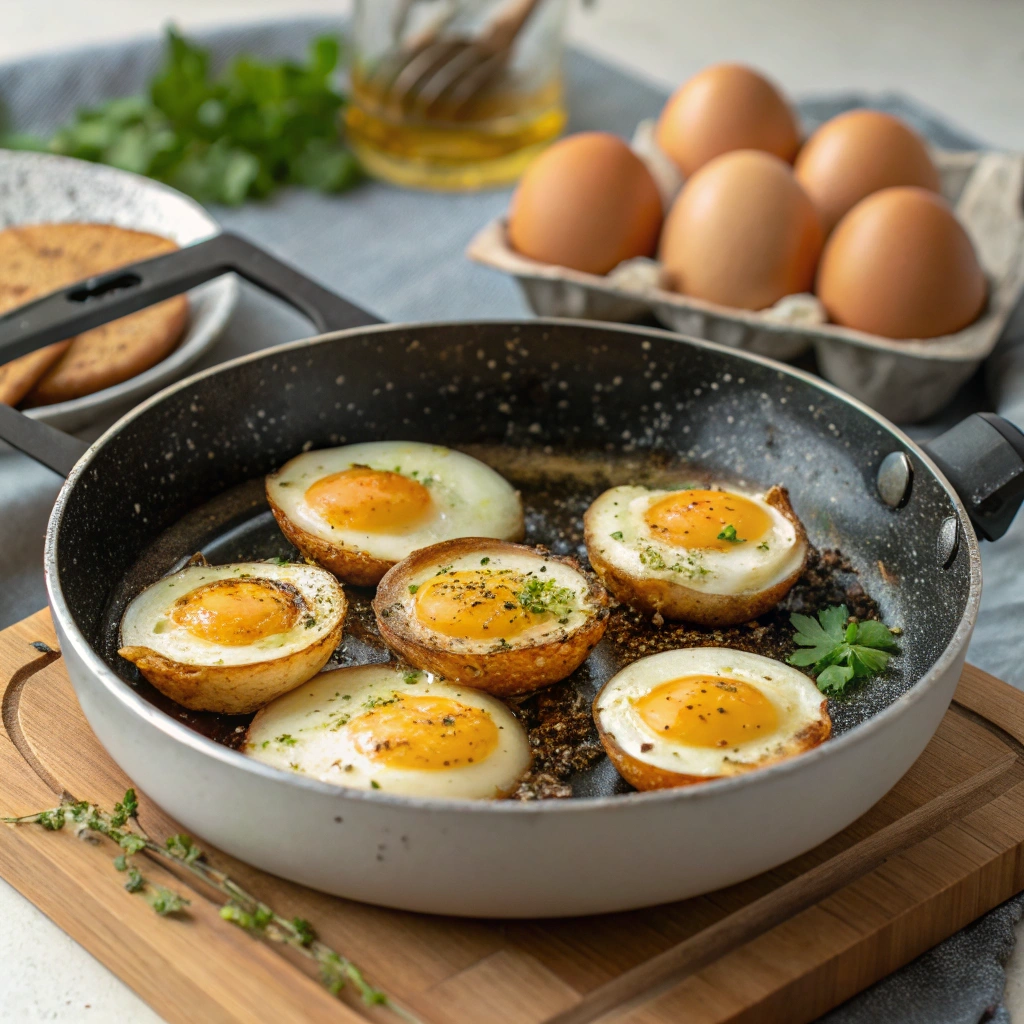
Some love runny yolks, but others prefer their eggs well-cooked. This recipes are ideal for sandwiches, meal prepping, and a no-mess eating experience.
What You’ll Learn in This Article:
- The best way to cook over hard eggs
- Tips to avoid overcooking or burning them
- A simple recipe with a table for ingredients
- Variations and serving suggestions
1. What Are Over Hard Eggs?
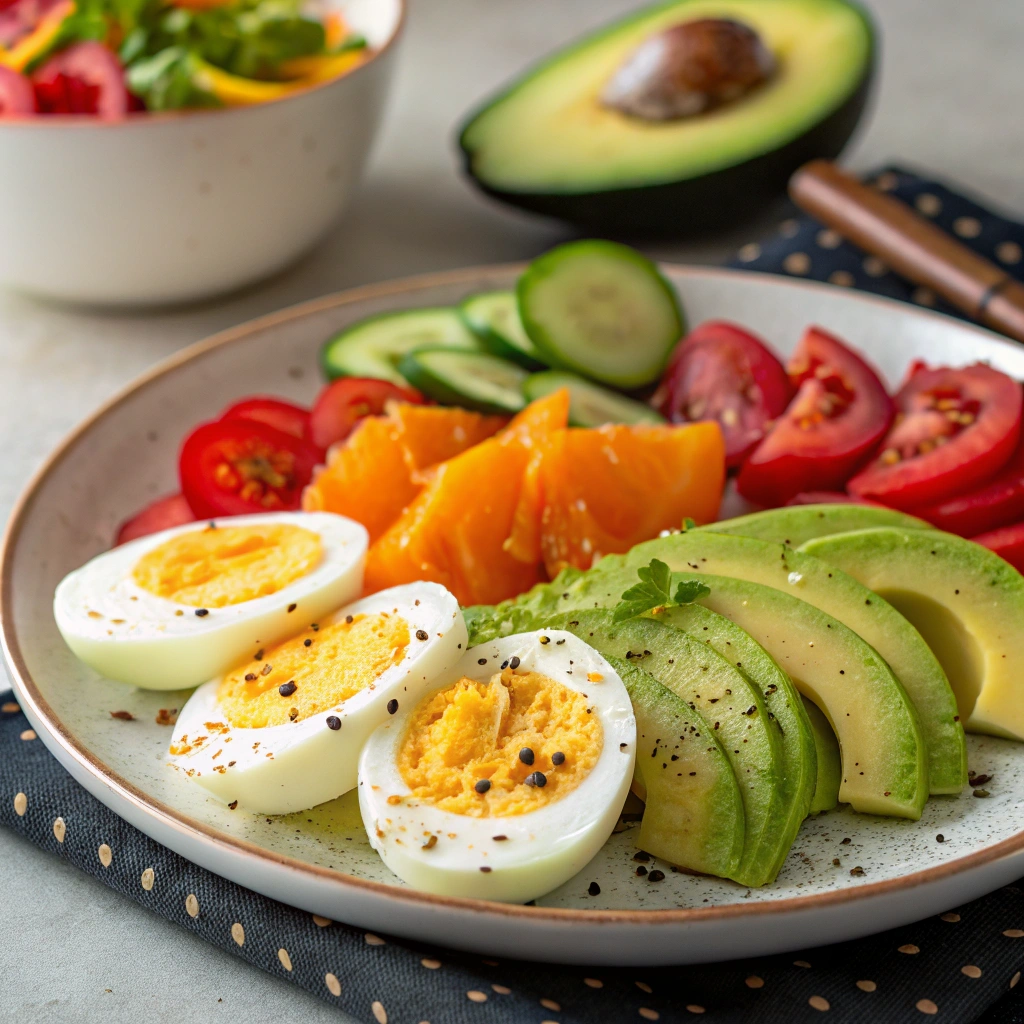
Definition
This recipe have fully cooked whites and yolk, with no runniness.
Comparison with Other Egg Styles
- Sunny-Side Up: Cooked only on one side, yolk remains runny.
- Over Easy: Flipped briefly, yolk is still very runny.
- Over Medium: Flipped and cooked longer, yolk is slightly runny.
- Over Hard: Flipped and cooked until the yolk is fully set.
Who Might Prefer This Cooking Style?
- Health-conscious eaters
- Kids who dislike runny yolks
- Anyone who prefers a firmer texture
2. Ingredients & Tools You’ll Need
Essential Ingredients
- Fresh eggs
- Butter or oil
- Salt and pepper
Recommended Tools
- Non-stick pan or cast-iron skillet – Ensures even cooking and prevents sticking.
- Spatula – Helps flip the eggs smoothly without breaking the yolk.
- Stove – Allows precise temperature control for the best texture.
Ingredient Table
| Ingredient | Quantity | Notes |
|---|---|---|
| Eggs | 2 | Use fresh eggs for best results |
| Butter or Oil | 1 tsp | Prevents sticking, adds flavor |
| Salt | To taste | Enhances flavor |
| Black Pepper | To taste | Optional, for seasoning |
3. Step-by-Step Guide: How to Cook this Eggs
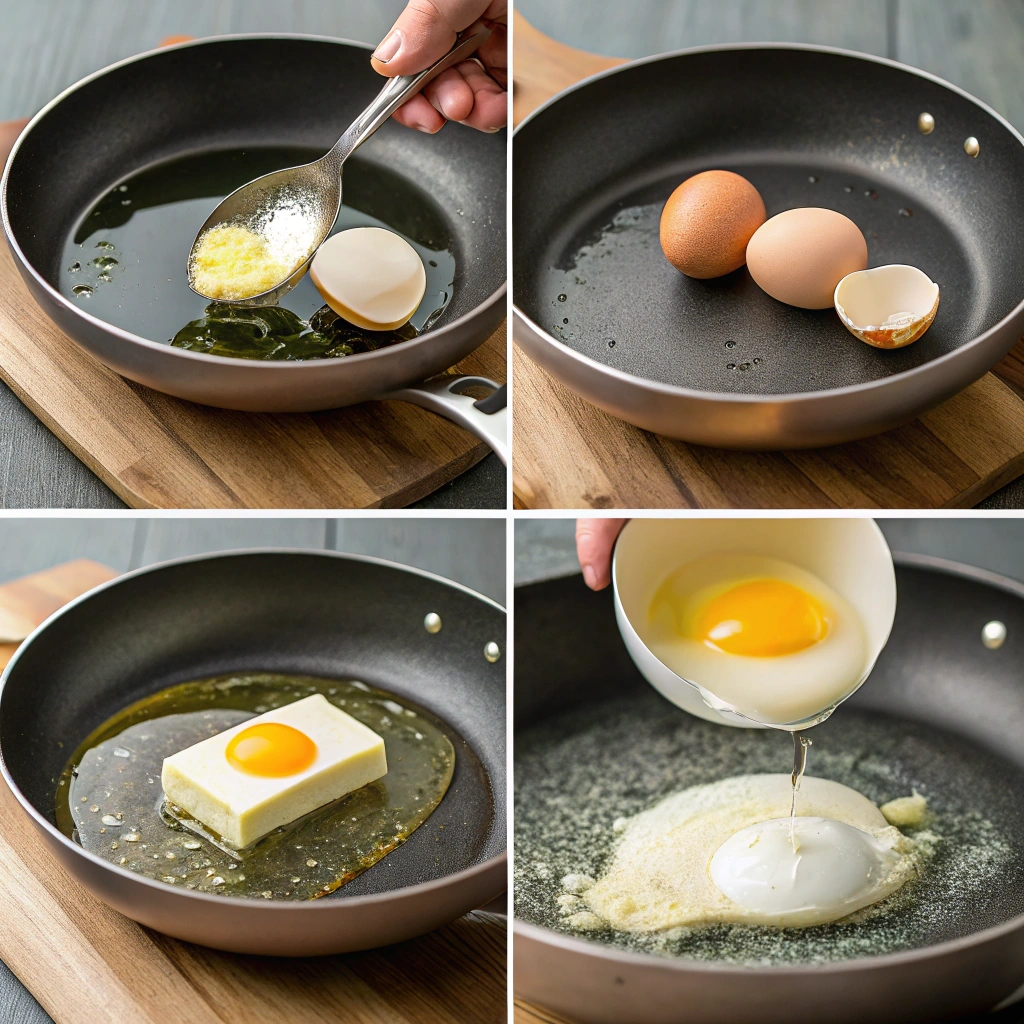
Step 1: Preheat Your Pan
- Heat a non-stick or cast-iron pan over medium-low heat.
- Add butter or oil and let it melt evenly.
Step 2: Crack the Eggs into the Pan
- Gently crack two eggs into the pan, keeping them separate.
- Let them cook undisturbed for 2-3 minutes until the whites are set.
Step 3: Flip the Eggs Carefully
- Use a spatula to gently flip the eggs without breaking the yolk.
- Lower the heat slightly to prevent overcooking.
Step 4: Cook Until the Yolk is Firm
- Let the eggs cook for another 1-2 minutes until the yolk is completely firm.
- Press gently with the spatula to check doneness.
Step 5: Serve and Enjoy!
- Transfer to a plate, season with salt and pepper, and enjoy!
4. Pro Tips for Cooking the Perfect Over Hard Eggs
- Use Fresh Eggs – They hold their shape better and cook evenly.
- Control the Heat – Medium-low heat prevents burning.
- Use a Non-Stick Pan – Makes flipping easier and prevents sticking.
- Avoid Overcooking – Remove the eggs once the yolk is firm but not rubbery.
5. Best Ways to Enjoy Eggs Over Hard
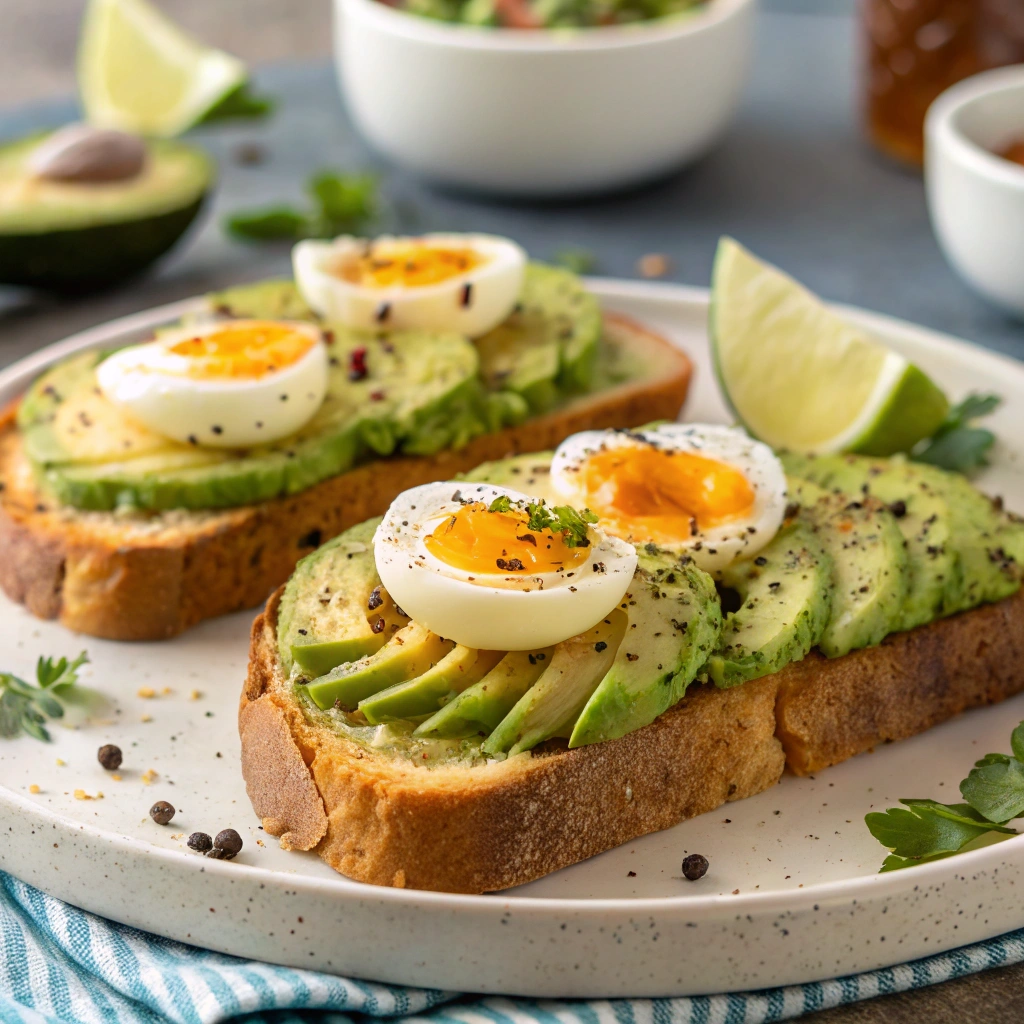
- Breakfast Sandwich – Place over hard eggs on toast with avocado and cheese.
- Protein-Packed Salad – Chop the eggs and add them to a fresh salad.
- Egg and Cheese Wrap – Wrap in a tortilla with veggies and cheese.
- Classic Breakfast Plate – Serve with bacon, hash browns, and toast.
6. Common Mistakes to Avoid
- Cooking on High Heat: Causes eggs to become rubbery or burnt.
- Flipping Too Early: Let whites set before flipping.
- Using Too Much Oil or Butter: Can make eggs greasy.
7. FAQ Section About Over Hard Eggs
Q1: Are this eggs healthy?
Yes! Over hard eggs are high in protein and packed with vitamins, making them a nutritious choice.
Q2: Can I cook over hard eggs without flipping?
Yes! Covering the pan with a lid can steam the top of the egg, cooking the yolk through.
Q3: How do I prevent overcooking over hard eggs?
Cook on medium-low heat and remove from the pan once the yolk is firm but not rubbery.
Q4: What’s the best oil to use for frying eggs?
- Butter for flavor
- Olive oil for a healthier option
- Avocado oil for a neutral taste
Q5: Can I meal prep over hard eggs?
Yes! They store well in the fridge for up to 3 days and are great for meal prepping.
Conclusion
Cooking over hard eggs is simple and rewarding when done correctly. By following this guide, you’ll achieve perfectly firm yet delicious eggs every time. Whether served on toast, in a sandwich, or alongside crispy bacon, these eggs make for a filling and satisfying breakfast.
Now, it’s time to try making over hard eggs yourself! Have any favorite ways to enjoy them? Share in the comments below!

